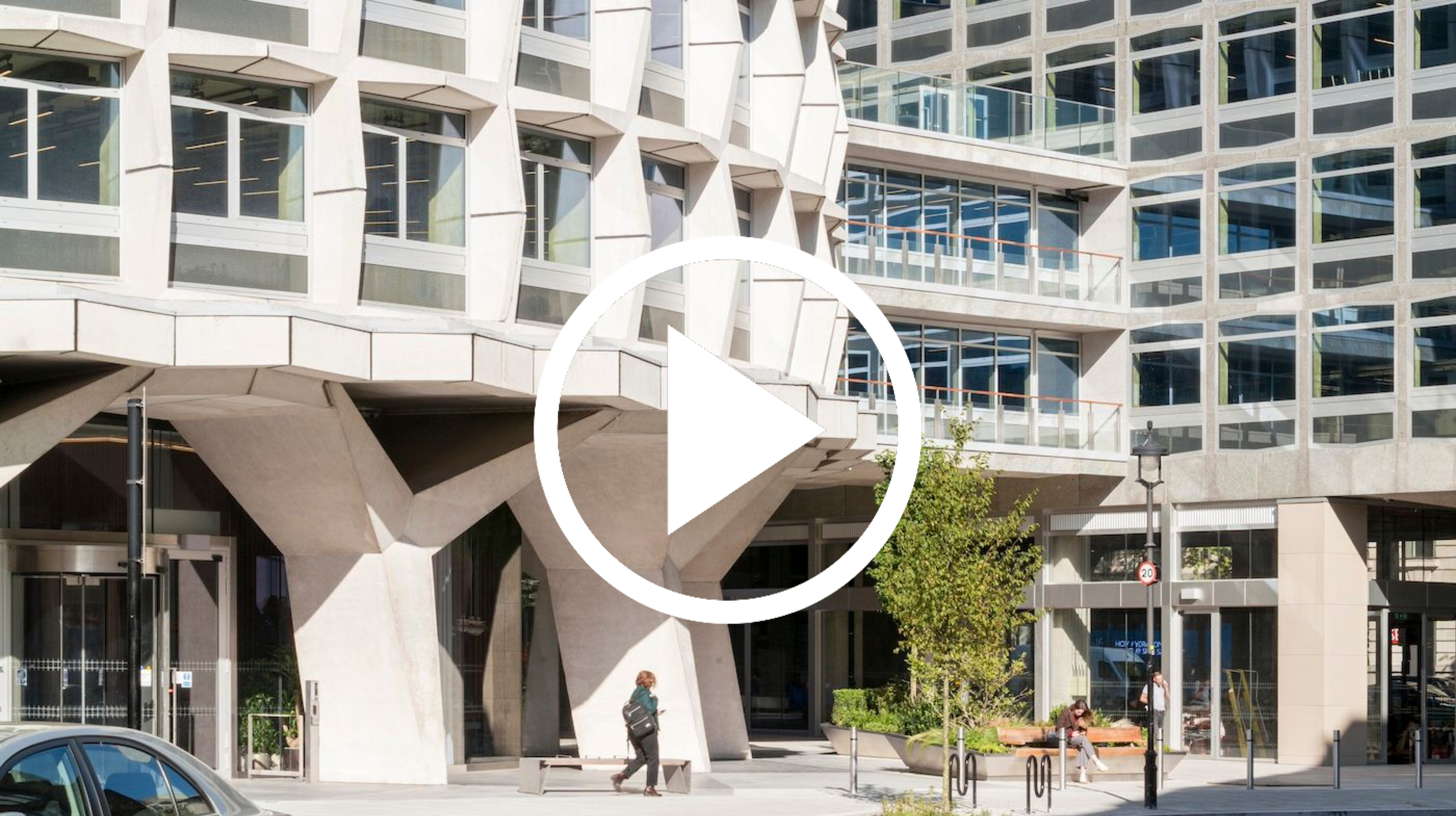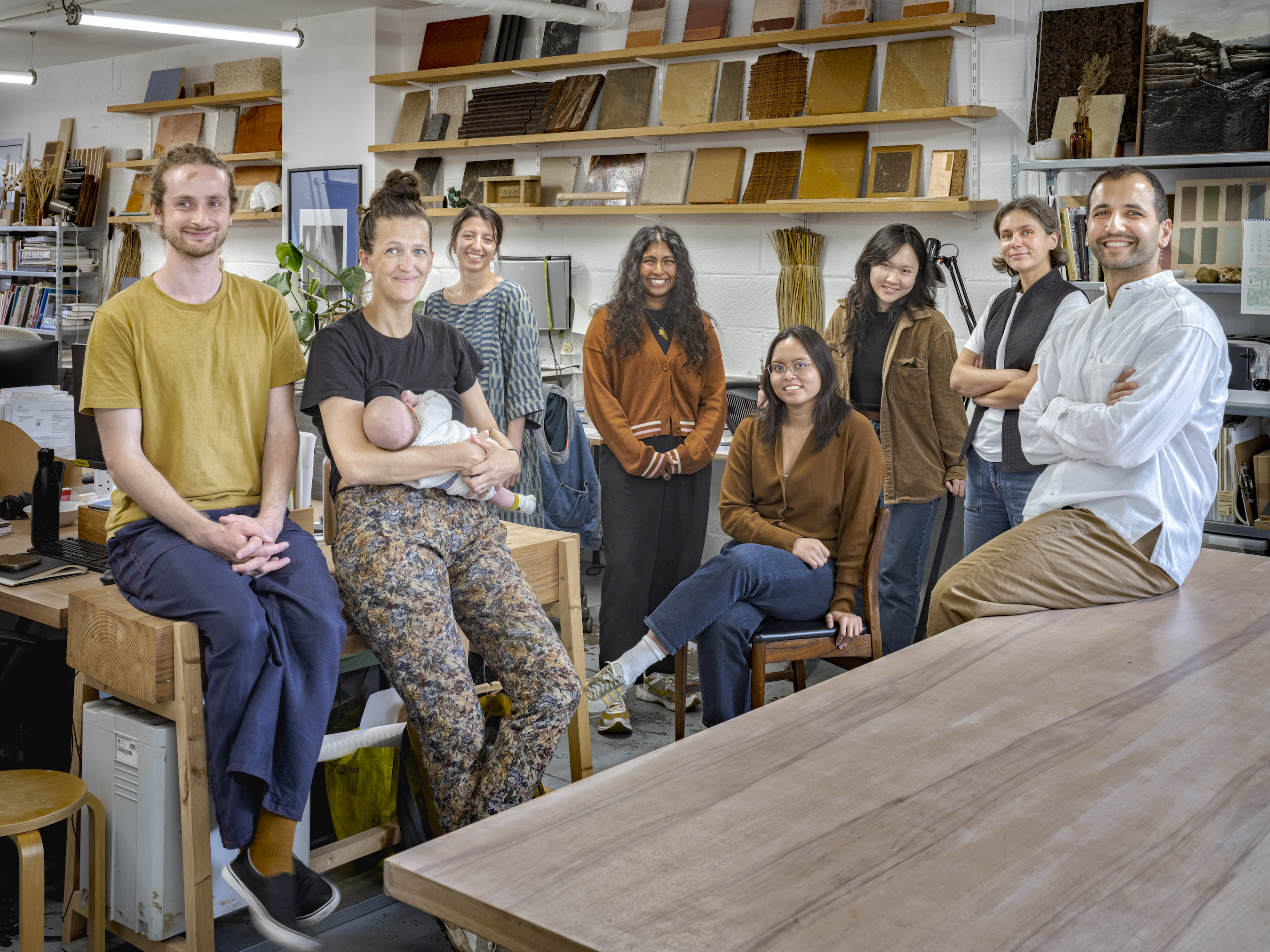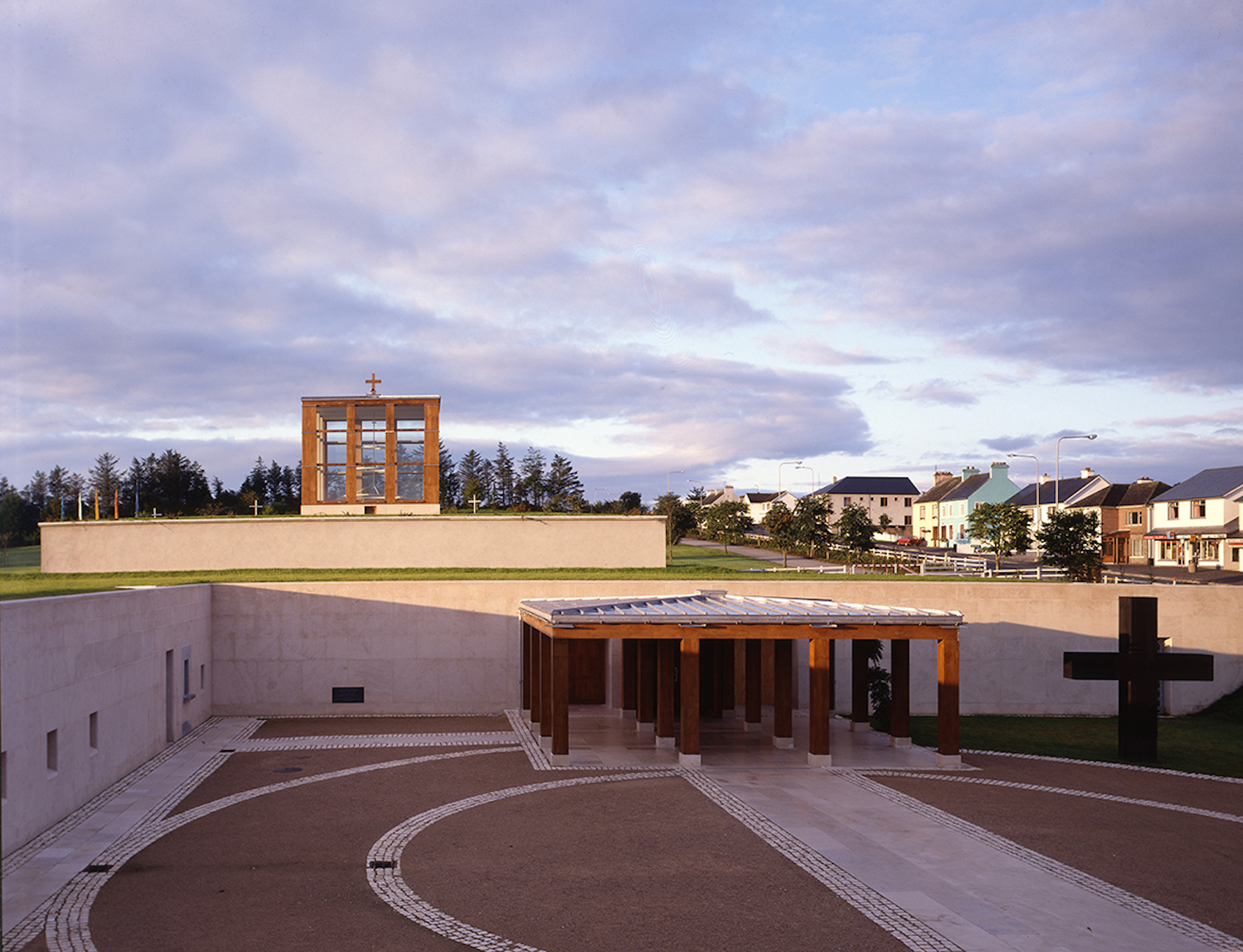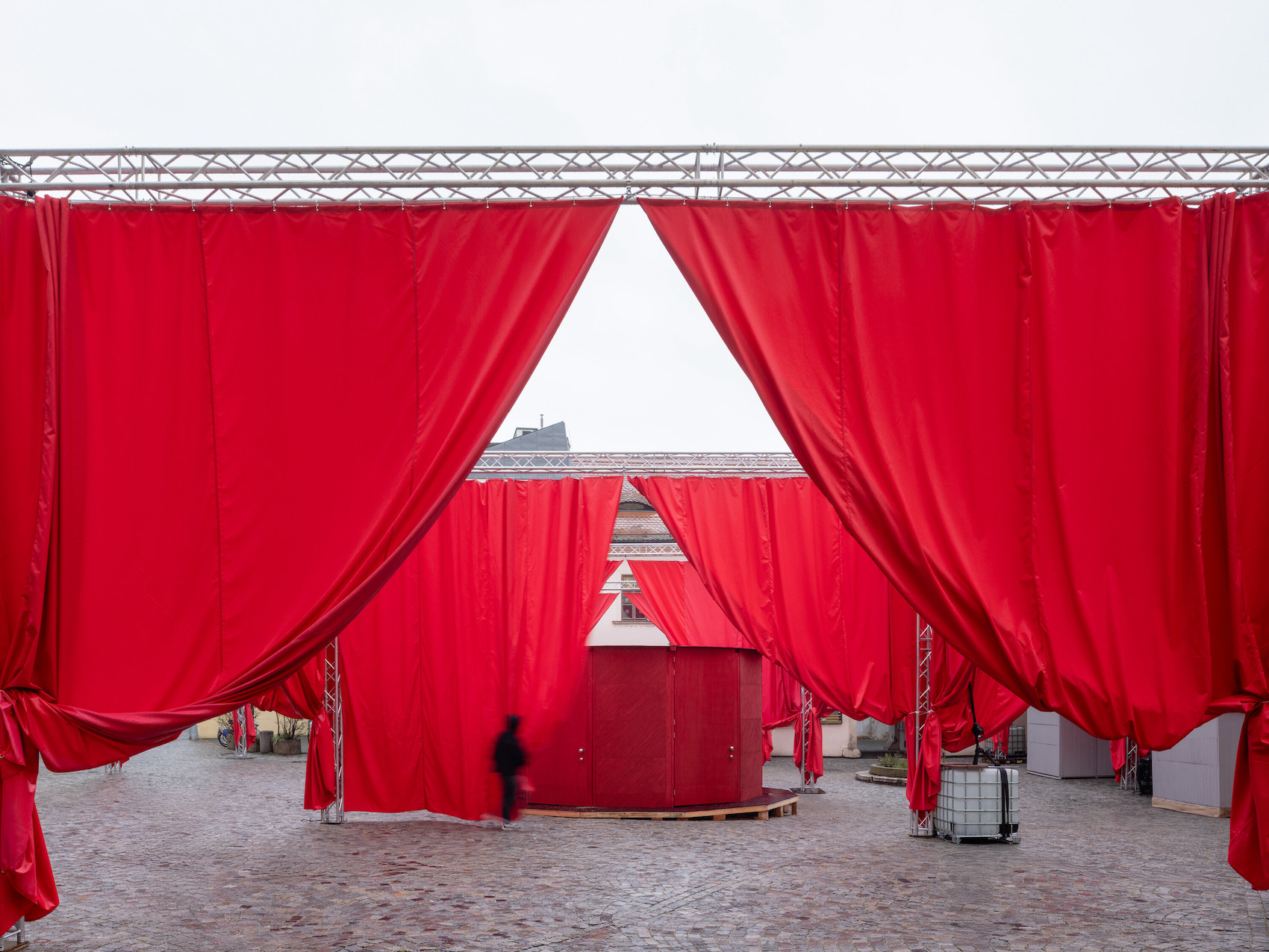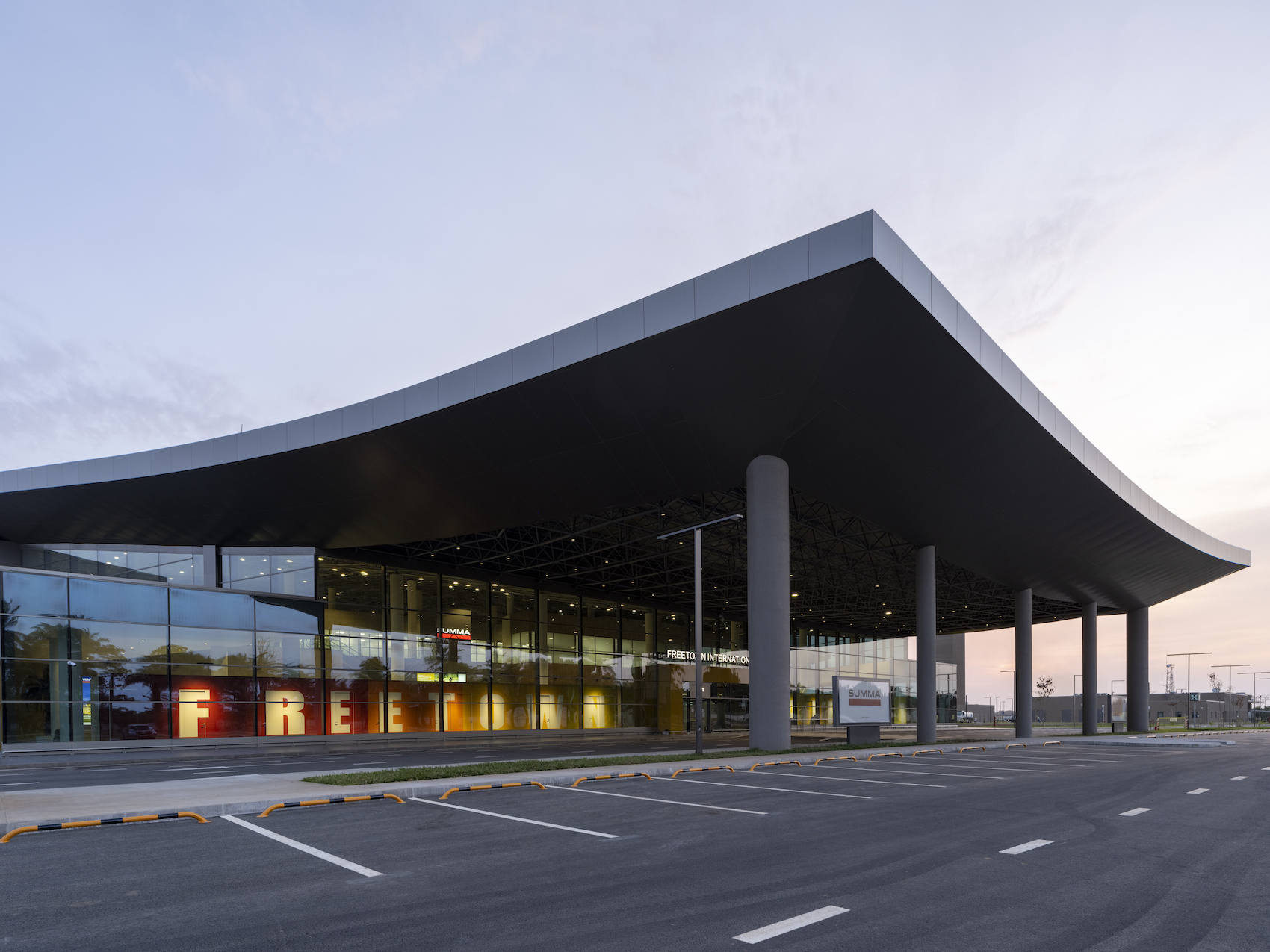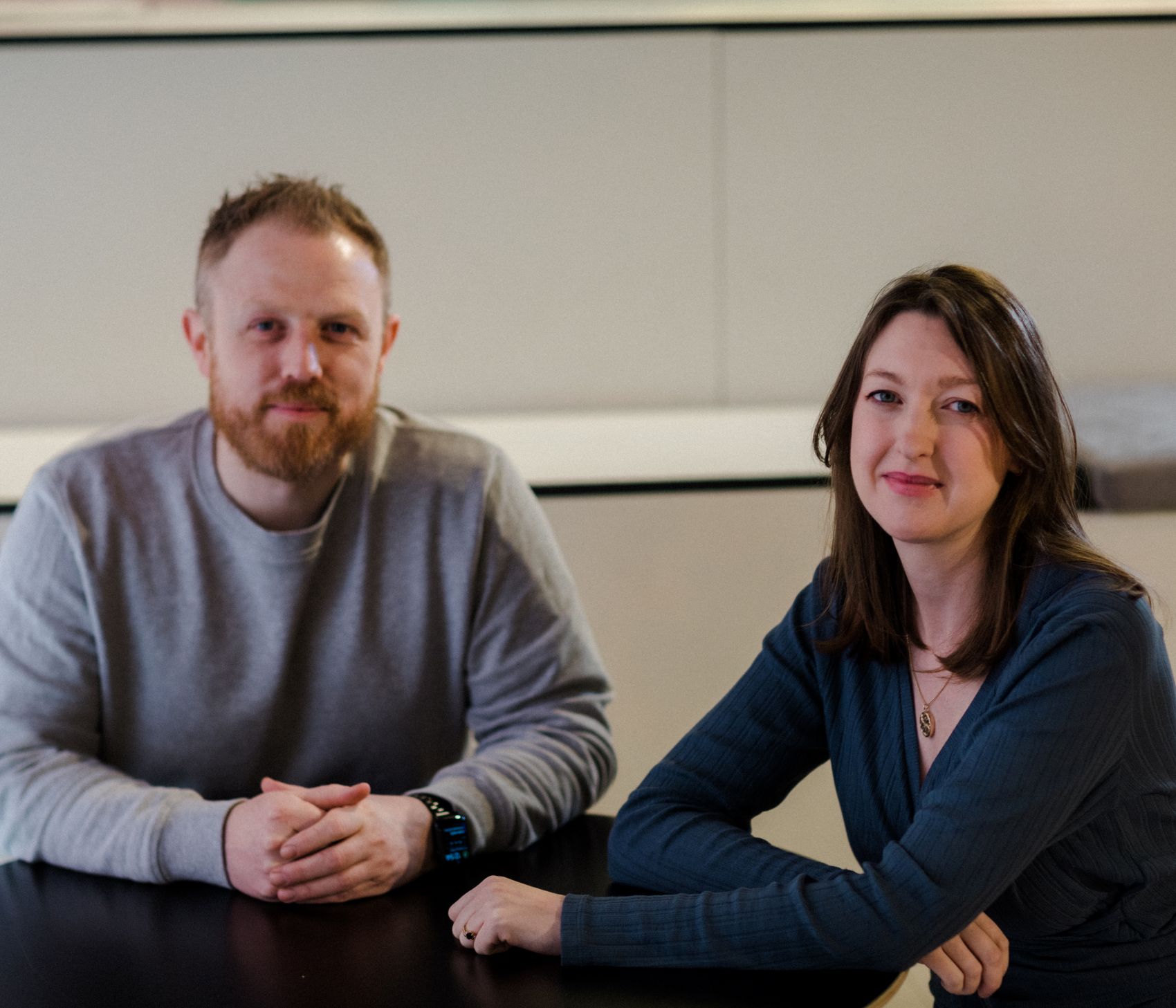Part 2 of the Regenerative Architecture Index, Co-evolving with nature, is about recognising that we are part of – as opposed to separate from – the natural world. It recognises the importance of actively regenerating ecosystems by learning from and working with natural systems. This requires designing for circularity and encouraging closed-loop energy, material and water cycles.
There’s a danger that biomimicry and biophilic design are used because it looks nice, much as an art curator could have a house full of art, but not care about the universal right to creativity, or increasing creativity in schools. We are looking for examples where the ethos is deeper than aesthetic”
– Phoebe Tickell, RAI ambassador
The responses were assessed by Architects Declare steering group members Anna Lisa McSweeney, Alasdair Ben Dixon and Craig Robertson, with expert input from RAI ambassador Phoebe Tickell – renegade scientist, systems thinker and social entrepreneur.
PRACTICE
It’s perhaps not surprising that RAI participants are adept at seizing – or inventing – opportunities to spend time outdoors, from open air meetings and celebrations to hiking, camping and even mountaineering. Back in the studio, there is clear preference for spaces with natural materials, biophilia and a direct connection to outdoor space. A key question was the extent to which this enthusiasm for the natural world translated into a broader ecological mindset. As Phoebe Tickell puts it. “it’s about going beyond ‘what’s in it for us/me?’ to ‘thinking on behalf of the whole’.”
Reassuringly, there are plenty of examples of practices advocating and campaigning for nature and/ or contributing to the local and wider environments through voluntary contributions of expertise, knowledge and time. These include initiatives to rewild, restore and protect nature, research, nature- based projects and tree planting as a means of meeting ESG commitments, offsetting operational carbon emissions and replacing (or in some case exceeding) trees used in construction projects.
Company values start with the mindset of its leadership, and many of the strongest responses are from practices where directors proactively engage with regenerative learning, which feeds into company policy and principles. A handful of practices have given – or are considering giving – nature a formal role in their decision-making. While this is commendable, this approach is in its infancy and it’s not yet clear how businesses will be held accountable for these claims.
“Perhaps it’s worth saying that simply having nature on the board or in policies isn’t enough, and asking for examples of how they have taken nature’s needs as a stakeholder into account; when they have made a decision that prioritised nature over capital; how the practice is incorporating nature into the ways they think, organise, behave,” said Tickell. “If this question focused more explicitly on mindset, it might make it obvious that sending employees on regenerative leadership or nature/ecology course, or a permaculture design course is a good indication of doing this well.”
PROJECTS
Biodiversity Net Gain (BNG) legislation has proven a useful starting point for measuring projects’ ecological impact. Many respondents commit to meeting or exceeding BNG targets. A key issue is the ability, or intention, to set high standards across an entire portfolio of projects. This is a particular issue for large practices where it might be relatively straightforward to deliver a handful of high-profile exemplar schemes while adopting a ‘business as usual approach’ elsewhere.
Work on materials stewardship includes teaming up with the supply chain and/or academia to develop bio-based products and systems, championing material passports and the development and open-source sharing of tools to inform more resource efficient design. Tickell points out the limitations of shoe-horning ‘new’ bio-based materials into existing patterns of procurement and consumption, emphasising the need for “a shift in moral imagination – it’s about seeing the non-human world as part of an integral ecology upon which our well-being and survival depends. And similarly, a sense of responsibility and stewardship of what we have in order to pass it on to future generations. It would be interesting to explore embedding this way of thinking into the next year’s RAI when it comes around.”
Only a handful of respondents produced answers to our final question, about the use of biologically-inspired approaches such as Bioregionalism, Biophilia, Biomimicry and Ecomimicry. This is an area that is particularly susceptible to greenwashing so we appreciated the honesty of those practices that showed understanding and ambition, but acknowledged that they were not always able to follow this through.
The answers
Read the responses from practices we’ve highlighted as ‘Front-runners’, ‘Runners up’ and ‘Ones to watch’ here.



